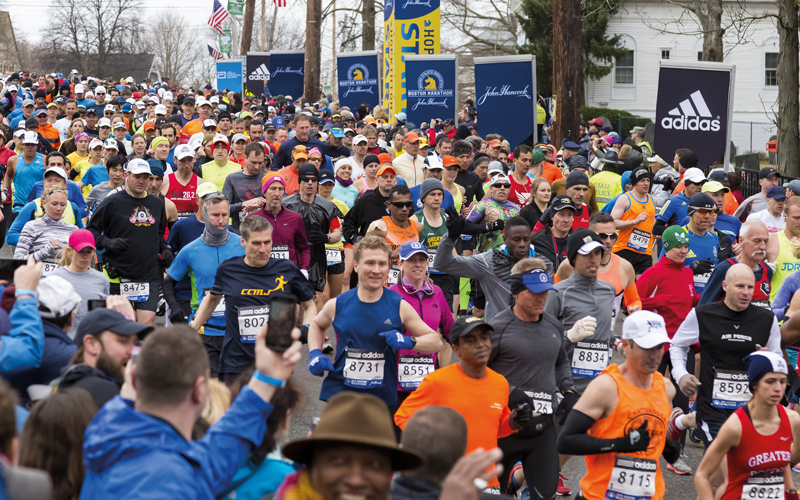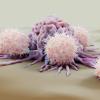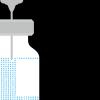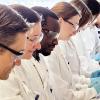A new study may offer molecular insights into the connection between exercise and inflammation.

The Harvard Medical School study, carried out in mice, suggests that the beneficial effects of exercise may be driven, at least partly, by the immune system.
It shows that muscle inflammation caused by exertion mobilises inflammation-countering T cells, or Tregs, which enhance the muscles’ ability to use energy as fuel and improve overall exercise endurance. Known for countering the aberrant inflammation linked to autoimmune diseases, Tregs now also emerge as key players in the body’s immune responses during exercise, the team said.
“The immune system, and the T cell arm in particular, has a broad impact on tissue health that goes beyond protection against pathogens and controlling cancer. Our study demonstrates that the immune system exerts powerful effects inside the muscle during exercise,” said senior author Diane Mathis.
Image credit | Shutterstock




